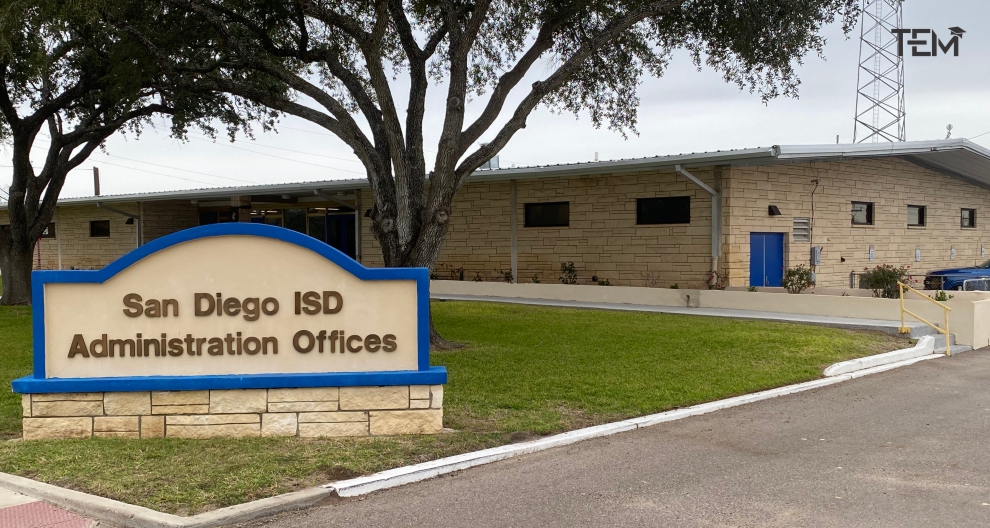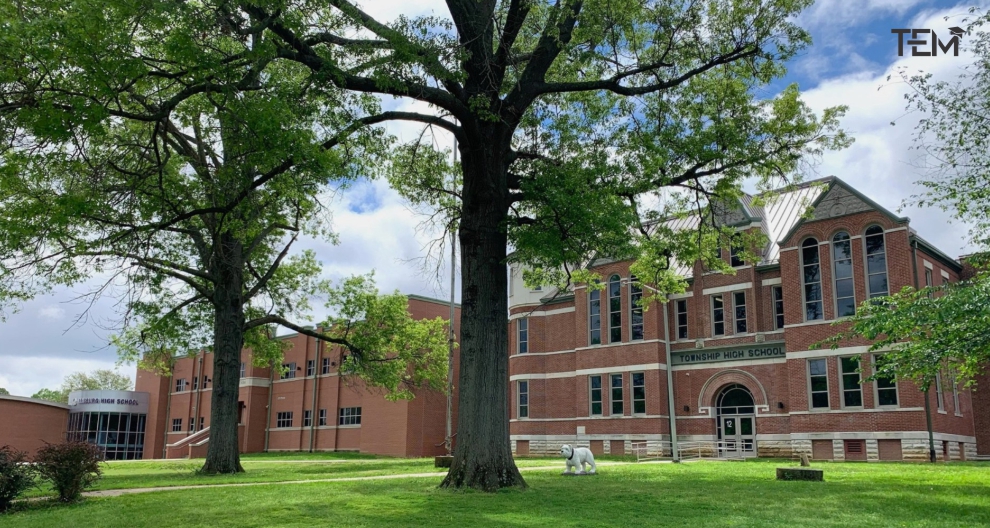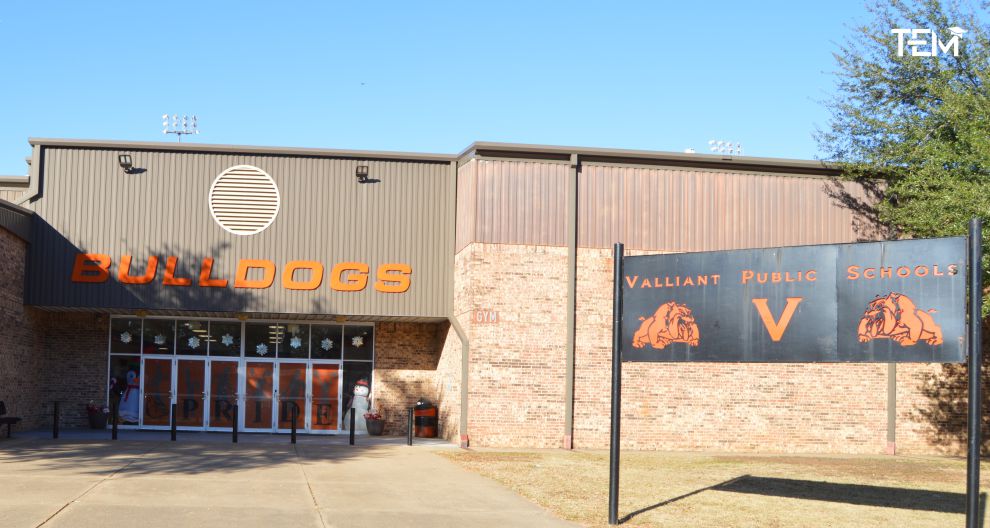Insulated metal roofing is gaining popularity as a commercial building material because of its many benefits, one of which is that it enhances the efficiency of the HVAC system. The performance of an HVAC system in a commercial building dictates the comfort and health of the indoor climate. An energy-efficient constructed roofing system and one that incorporates insulation, for example, will reduce the HVAC equipment load significantly and end up saving money and energy in the long run. This is a tale of how insulated metal roofing improves the efficiency of an HVAC system, and why it would be money well spent for business buildings.
Thermal Resistance and Energy Savings
Metal insulated roofing is also very resistant to heat, and it offers building interior temperature regulation by avoiding evaporation of heat in the building roof. Thermal resistance restricts the use of HVAC equipment for keeping the house comfortable under cold and hot weather. On such extremely hot summer days as this, the roof insulation does not allow the heat to penetrate into the building and therefore the HVAC machine will not need to be put through extra effort to cool the building. Similarly, on chilly winter mornings, the insulation keeps the heat out and therefore the HVAC system will not need to work even harder to warm the building. Office structures whose roofs are insulated and metallic can thus save a lot of money on energy because the burden on the HVAC is reduced.
Other than hindering heat transfer, insulated metal roofing encourages general air tightness in a building. Insulation closes gaps and keeps out drafts that would otherwise lead to temperature fluctuations. It means more consistent indoor temperatures, thus less stress for HVAC systems to shut down and start repeatedly. With reduced use of HVAC systems and maintaining indoor climatic conditions constant, they experience reduced wear and tear, thus longer lifespan and reduced repair costs.
Reduced HVAC System Load
By reducing the energy required to keep a building at normal temperatures, insulated metal roofing reduces the portion of the HVAC system load. Because the HVAC system is not working so hard to heat or cool, their components, such as compressors and fans, are subjected to less stress. This will increase the life of the system and lower the chances of system failure or breakdown. This reduces maintenance and replacement costs over the long term to building owners, constituting a portion of the overall cost-savings of insulated metal roofing.
The greater efficiency of the HVAC system would also directly affect the horsepower and physical size of HVAC equipment employed in a building. A well-insulated commercial structure could utilize fewer horsepower and lower units of HVAC equipment than other roofs available at reduced efficiencies. It would also equate to less initial capital investment in purchasing and installing the HVAC equipment. Besides, the low-power-consuming HVAC systems require smaller units overall, and the entire building is energy-efficient in its construction. Because of this, the addition of metal roof insulation can be a cost-effective notion by allowing companies to minimize their HVAC system size without compromising on utility or comfort.
Environmental Impact and Sustainability
Adding an insulated metal roofing to a commercial building project not only makes HVAC systems more efficient but also makes the entire building more sustainable. With reduced energy consumption, the environmental impact of the building is also minimized. HVAC systems are among the largest consumers of energy in commercial buildings, and improving efficiency translates to enabling firms to lower their environmental footprint. This is an important factor to consider for firms that pursue green certifications or adopt sustainability practices.
The energy saving with insulated metal roofs also has the additional purpose of allowing buildings to be up to local building codes and requirements related to energy that play a part in restricting the emission of greenhouse gases. Since more priority is given today to sustainability for construction activities, insulated metal roofing is an affordable way by which commercial structures get to achieve energy efficiency with and also have lower energy expenses via saving accumulation. By investing in such a system, building owners are not just optimizing the energy efficiency of HVAC systems but are also among the early adopters of a more sustainable and cleaner future.
Long-Term Return on Investment and Benefits
Although insulated metal roofs can be higher initially than the majority of other roofing types, the long-term benefits that it has are a worthwhile investment. Savings on reduced utilization of HVAC systems through less interior-exterior temperature variation, lower maintenance, and longer system life make insulated metal roofs an economical option. Lower operating cost and future worth created for the building repay the investment numerous times over in the long run.
The enhanced effect on the HVAC system’s efficiency increases the degree of comfort level among the building residents, eventually leading to higher productivity and employee, customer, or tenant satisfaction. The enhanced value also goes a long way in hiding the investment on insulated metal roofing on behalf of the investors who manage commercial buildings and would want their building’s value maintained or improved over time. In total, there are plenty of benefits of insulated metal roofing that will not only prove handy in generating efficiency in terms of HVAC but will also prove helpful in maintaining sustainability and making commercial buildings cheap.
Also Read: Commercial Trash Dumpster Rental: A Comprehensive Guide











